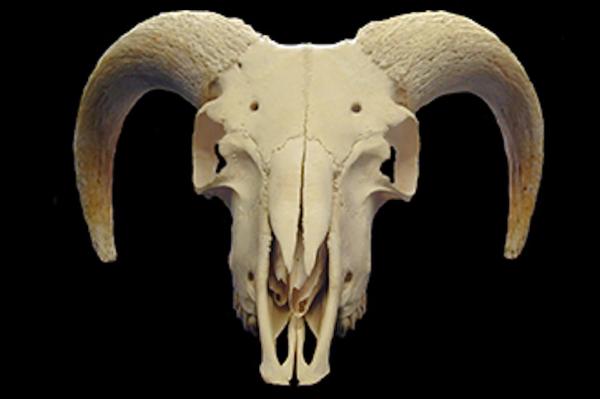
June 26 (UPI) — Scientists have developed an improved method for distinguishing between the bones of goats and sheep. The technique could aid archaeologists in their analysis of early human societies.
Goats and sheep were of great importance to many early human societies. They provided wool, milk and meat. But distinguishing between remains of the two species can be exceedingly difficult.
Currently, archaeologists do their best to identify distinguishing morphological markers. But the methodology for doing is subjective.
Researchers at the University of Sheffield developed a more precise technique for quantifying morphological differences. The technique is based on morphometry, the translation of morphological markers into measurements expressed in relative values.
“Distinguishing between the bones of sheep and goats may seem like a purely technical concern, but it’s important to emphasise that these species have played a major role in the history of human societies,” lead researcher Lenny Salvagno said in a news release.
Saalvagno and his colleagues published their new methodology this week in the journal PLOS ONE.
“The discovery of bones from sheep and goats can provide different insights in the cultural and economic evolution of humans,” Salvagno said. “For example, the two animals may have been used for different products — e.g. meat, wool, milk — and their relative frequencies therefore can inform us on which of these was particularly sought after by a certain cultural group.”





